Rising Disposable Incomes
The increase in disposable incomes across various demographics appears to be a pivotal driver for the Textile Home Decor Market. As consumers experience enhanced financial flexibility, they are more inclined to invest in home decor products that reflect their personal style and preferences. This trend is particularly evident in emerging markets, where a growing middle class is seeking to elevate their living spaces. According to recent data, households with higher disposable incomes tend to allocate a larger portion of their budget to home furnishings, including textiles. This shift not only boosts sales in the Textile Home Decor Market but also encourages manufacturers to innovate and diversify their product offerings to cater to evolving consumer demands.
Expansion of E-commerce Platforms
The expansion of e-commerce platforms is significantly reshaping the Textile Home Decor Market. As consumers increasingly turn to online shopping for convenience and variety, the demand for textile products through digital channels is surging. E-commerce provides consumers with access to a wider range of products, often at competitive prices, which enhances their purchasing experience. Recent data indicates that online sales of home decor items, including textiles, have seen substantial growth, driven by factors such as improved logistics and targeted marketing strategies. This shift towards e-commerce not only benefits consumers but also presents opportunities for manufacturers and retailers in the Textile Home Decor Market to reach a global audience and optimize their sales strategies.
Influence of Interior Design Trends
The dynamic nature of interior design trends significantly influences the Textile Home Decor Market. As design aesthetics evolve, consumers are increasingly drawn to textiles that align with contemporary styles, such as minimalism, bohemian, or industrial themes. This inclination towards trendy designs drives demand for a variety of textile products, including curtains, cushions, and upholstery fabrics. Market data indicates that the popularity of social media platforms, particularly those focused on visual content, has accelerated the dissemination of design trends, prompting consumers to seek out specific textile items that resonate with current styles. Consequently, manufacturers and retailers in the Textile Home Decor Market must remain agile and responsive to these shifting trends to capture consumer interest and drive sales.
Technological Advancements in Production
Technological advancements in production processes are playing a transformative role in the Textile Home Decor Market. Innovations such as automated manufacturing, digital printing, and smart textiles are enhancing efficiency and enabling the creation of intricate designs that were previously unattainable. These advancements not only reduce production costs but also allow for greater customization and personalization of textile products. Market data suggests that companies leveraging technology are experiencing increased productivity and improved product quality, which in turn attracts a broader consumer base. As the industry continues to evolve, the integration of technology is likely to remain a key driver, shaping the future landscape of the Textile Home Decor Market.
Growing Awareness of Sustainable Practices
The rising awareness of sustainability and eco-friendly practices is emerging as a crucial driver for the Textile Home Decor Market. Consumers are increasingly prioritizing products that are made from organic or recycled materials, reflecting a broader commitment to environmental responsibility. This trend is not only reshaping consumer preferences but also compelling manufacturers to adopt sustainable practices in their production processes. Market Research Future indicates that a significant percentage of consumers are willing to pay a premium for sustainable textile products, which has led to a surge in the availability of eco-friendly options within the Textile Home Decor Market. As sustainability becomes a key purchasing criterion, companies that embrace these practices are likely to gain a competitive edge.



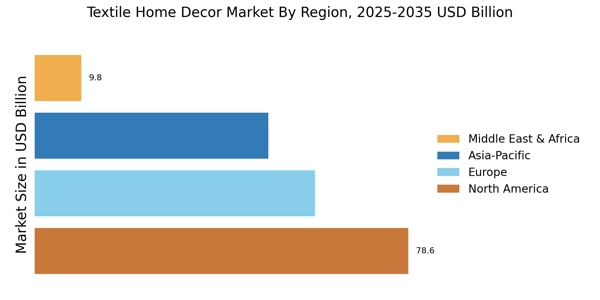
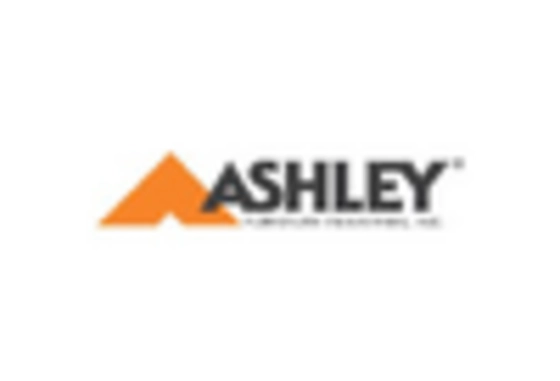
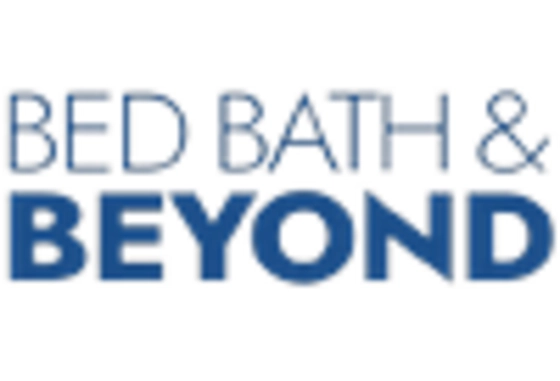
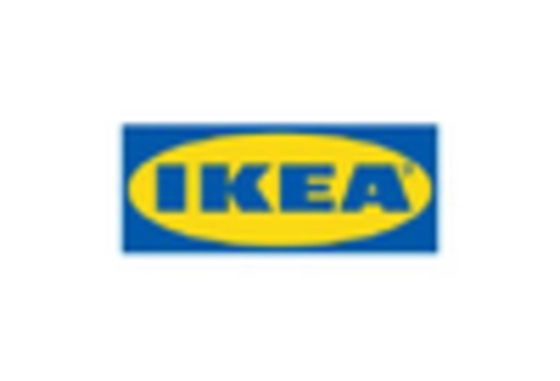
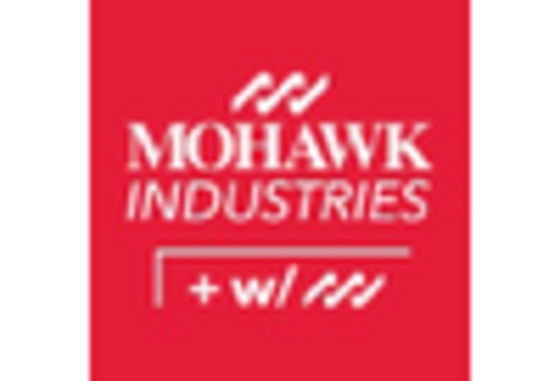
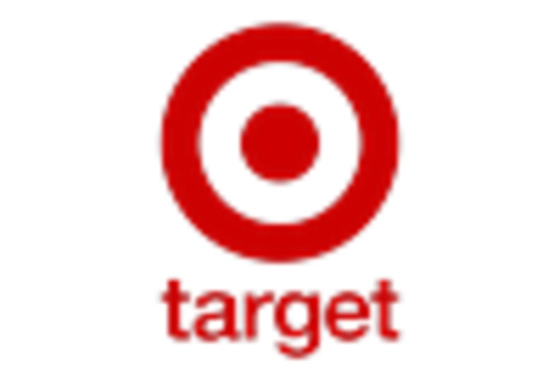
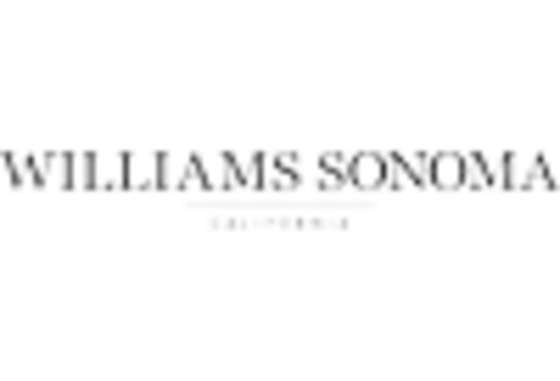








Leave a Comment